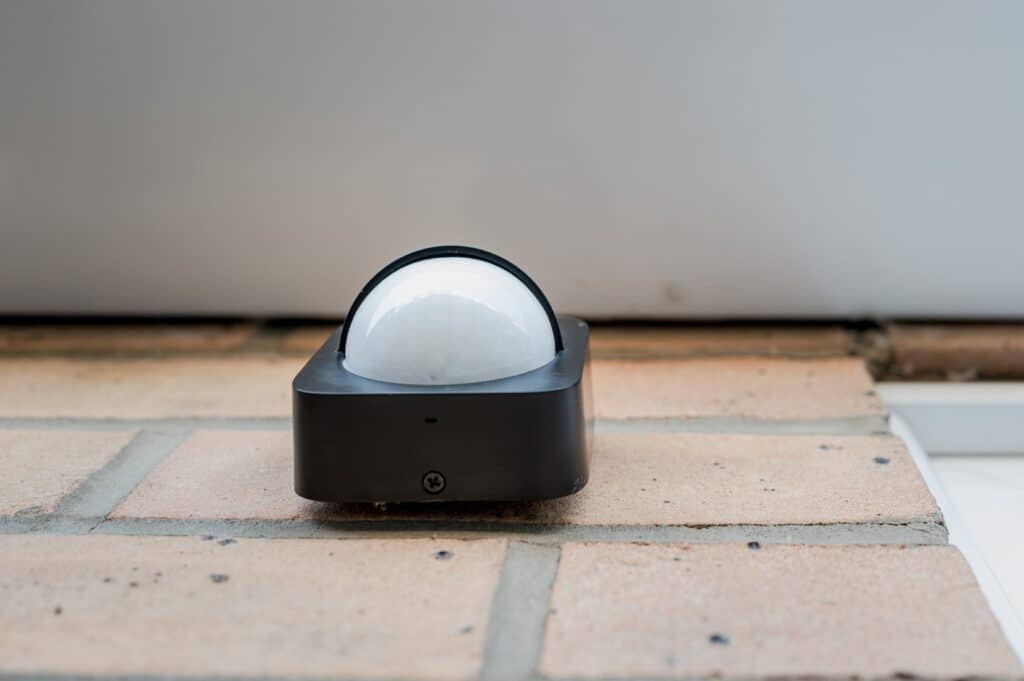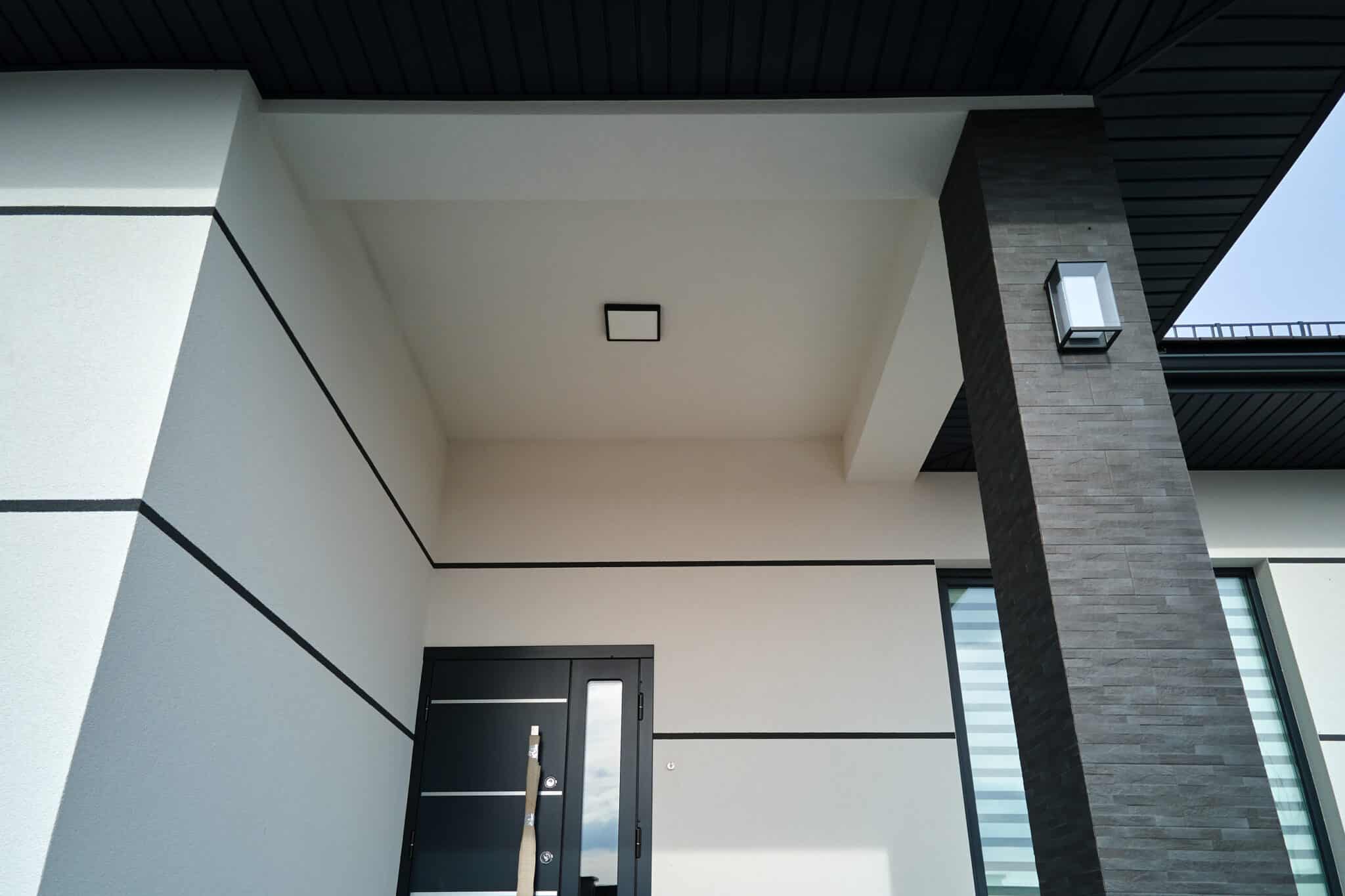
The Essential Benefits of Automated Light Sensors
Automated light sensors stand out as a remarkable advancement in home automation technology. These devices not only simplify daily routines but also contribute significantly to energy conservation. By understanding the essential benefits of automated light sensors, residents can make informed decisions about integrating them into their homes.
Automated light sensors are designed to detect natural light levels, adjusting indoor lighting accordingly. This smart technology ensures that lights are only on when necessary, leading to considerable savings on energy bills. For those living in Conway, SC, and surrounding areas, adopting such efficient solutions is becoming increasingly popular. It’s a step towards creating more sustainable homes without sacrificing comfort or convenience.
Beyond energy savings, automated light sensors offer enhanced security benefits. They can deter potential intruders by creating the impression that someone is always home. This feature is particularly appealing for Myrtle Beach, SC, residents who value the safety of their homes and loved ones. It’s an effortless way to add an extra layer of security, giving homeowners peace of mind.
Moreover, the convenience of automated light sensors cannot be overstated. They eliminate the need to manually switch lights on and off, making life easier for everyone in the household. Whether you’re juggling work, family, or social commitments, these sensors provide a hands-free solution to managing your home’s lighting. It’s clear that in cities like Conway, SC, and Myrtle Beach, SC, automated light sensors are not just a luxury but a practical addition to modern living.

Understanding Automated Light Sensors
Understanding how automated light sensors work is crucial for homeowners considering this technology. Essentially, these sensors use a photocell to detect ambient light levels. When the natural light diminishes, the sensors activate indoor lighting, ensuring rooms are well-lit only when needed. This intelligent operation helps avoid unnecessary energy consumption, aligning perfectly with the goals of energy-efficient homes in Conway, SC.
The installation process for automated light sensors is straightforward, making it an accessible update for many homeowners. Professionals can seamlessly integrate these sensors into existing lighting systems. Once installed, they require minimal maintenance, offering a hassle-free solution to managing home lighting. This ease of installation and use is a significant advantage for residents in Myrtle Beach, SC, looking to modernize their homes with smart technology.
In addition to energy savings and ease of use, automated light sensors adapt to changing seasons and daylight hours. This means they automatically adjust the lighting based on the time of year, providing optimal lighting while conserving energy. Such adaptability is especially beneficial in areas with varying daylight patterns, ensuring homes are efficiently lit throughout the year.
Finally, the environmental impact of adopting automated light sensors cannot be ignored. By reducing unnecessary electricity use, these sensors contribute to lower carbon emissions. Homeowners in both Conway, SC, and Myrtle Beach, SC, can take pride in making an eco-friendly choice that benefits the planet. This commitment to sustainability is a compelling reason for many to incorporate automated light sensors into their homes.
The Role of Automated Light Sensors in Energy Efficiency
Automated light sensors play a pivotal role in enhancing energy efficiency within homes. By automatically adjusting indoor lighting based on the availability of natural light, they significantly reduce the need for artificial lighting during the day. This intelligent functionality not only conserves energy but also lowers electricity bills, making them a smart choice for homeowners in Conway, SC. The ability to use natural resources more efficiently aligns perfectly with the growing trend towards sustainable living.
In Myrtle Beach, SC, the adoption of automated light sensors contributes to a greener environment. These devices ensure that lights are only used when absolutely necessary, thereby reducing the overall energy consumption of a household. As a result, there is a noticeable decrease in carbon emissions, supporting efforts to combat climate change. Homeowners can take satisfaction in knowing their choice helps protect the planet for future generations.
Furthermore, the integration of automated light sensors into home automation systems enhances the overall functionality of these systems. They work seamlessly with other smart devices to create an interconnected and energy-efficient home. For instance, sensors can trigger lights to turn off when no one is in the room, optimizing energy use throughout the house. This level of automation introduces a new standard of convenience and efficiency in home management.
Lastly, the financial savings from using automated light sensors cannot be overstated. By significantly cutting down on unnecessary energy use, homeowners can enjoy considerable savings on their energy bills. This makes automated light sensors not just an eco-friendly option but also an economically smart investment. Residents of both Conway, SC, and Myrtle Beach, SC, will find that incorporating these sensors into their homes is a practical step towards a more sustainable and cost-effective lifestyle.
Enhancing Home Security with Light Automation
Automated light sensors significantly bolster home security, a feature that residents of Myrtle Beach, SC, find particularly beneficial. By ensuring lights turn on automatically at dusk or when natural light decreases, these sensors mimic the presence of people at home. This function is instrumental in deterring potential intruders who prefer to target unoccupied homes. Consequently, homeowners enjoy an added layer of security without any extra effort.
In addition to deterring unwanted visitors, automated light sensors contribute to a safer home environment. They illuminate paths, entryways, and critical areas, reducing the risk of accidents after dark. For families in Conway, SC, where community safety is paramount, this feature provides peace of mind. It ensures that residents can navigate their homes safely at night, avoiding potential hazards.
The adaptability of automated light sensors to different environments further enhances their utility in home security. They can be programmed to follow specific lighting patterns, ensuring that lights are not just on but are also used strategically to simulate occupancy. This adaptability makes it challenging for anyone observing the home to discern whether or not it is actually occupied. As a result, homes become less appealing targets to burglars, adding an invisible yet effective security measure.
Finally, integrating automated light sensors with other smart home technologies amplifies their security benefits. When connected to cameras, alarms, or motion sensors, these lights can activate in response to detected movements, startling intruders and alerting homeowners. This synergy between different technologies creates a robust security system that protects homes more effectively. Homeowners in both Myrtle Beach, SC, and Conway, SC, appreciate this integrated approach to security, which leverages the latest in smart home automation for their safety and comfort.
Installation Process of Automated Light Sensors
Installing automated light sensors in your home in Myrtle Beach, SC, is a straightforward process that professionals can handle efficiently. They first assess your home’s lighting needs and the optimal locations for the sensors. This ensures that the sensors are placed where they can best detect changes in natural light, maximizing their effectiveness. The goal is to cover all areas that can benefit from automated lighting, enhancing both convenience and security.
Next, the installation team will integrate the automated light sensors into your existing electrical system. This step involves connecting the sensors to your home’s lighting circuits, allowing them to control the lights automatically. Technicians ensure the system is properly configured to respond to ambient light levels, ensuring lights turn on or off as needed. This integration is seamless, with minimal disruption to your daily routine, making it an attractive option for homeowners in Conway, SC.
After installation, homeowners receive a brief training on how to use and adjust their new automated light sensors. This includes instructions on customizing settings to suit individual preferences and schedules. Learning how to make adjustments allows homeowners to optimize the system for energy savings and security. It’s a simple yet effective way to ensure you get the most out of your automated lighting system.
Finally, ongoing support and maintenance are part of the service package when you install automated light sensors. If issues arise or adjustments are needed, professional help is just a call away. This support gives homeowners peace of mind, knowing their automated lighting system will continue to operate efficiently and effectively. With such convenience and reliability, it’s no wonder many in Myrtle Beach, SC, and Conway, SC, are choosing to upgrade to automated light sensors.
Cost-Benefit Analysis of Automated Light Sensors
Considering the initial investment, automated light sensors offer significant long-term savings for homeowners in Myrtle Beach, SC. By reducing the reliance on manual lighting, these sensors cut down energy consumption, leading to lower utility bills. This efficiency not only saves money but also extends the lifespan of light bulbs by using them only when necessary. Over time, the savings on energy and bulb replacements can offset the cost of installation.
In Conway, SC, the security benefits provided by automated light sensors add value beyond monetary savings. These systems enhance home security without the ongoing costs associated with traditional security measures. By deterring potential intruders with strategic lighting, homeowners can avoid the financial and emotional costs of break-ins. This aspect of automated light sensors presents an invaluable benefit, contributing to both peace of mind and financial well-being.
The environmental impact of adopting automated light sensors is another crucial factor in the cost-benefit analysis. By optimizing light usage, these sensors significantly reduce a household’s carbon footprint. Homeowners not only contribute to a healthier planet but may also qualify for green energy incentives, further enhancing the financial benefits. This alignment with sustainability goals represents a forward-thinking investment that pays dividends in both environmental and economic terms.
Finally, the integration of automated light sensors with other smart home technologies amplifies their value. As part of a comprehensive home automation system, these sensors can lead to greater energy savings and enhanced security. This synergy not only maximizes the functionality of each component but also increases the overall value of a home in Myrtle Beach, SC. Considering these factors, the cost-benefit analysis of automated light sensors clearly demonstrates their worth as a smart, sustainable, and secure home investment.
Integrating Automated Light Sensors with Smart Home Systems
Integrating automated light sensors with smart home systems elevates the functionality and convenience of your home in Myrtle Beach, SC. When these sensors work in tandem with other smart devices, they create a cohesive and intelligent living environment. This integration allows for more precise control over home lighting, enhancing both energy efficiency and security. As a result, homeowners enjoy a seamless experience that simplifies daily routines and provides peace of mind.
In Conway, SC, the adaptability of automated light sensors to smart home systems means lights can be managed remotely. This feature is particularly useful for adjusting lighting settings from anywhere, using a smartphone or tablet. Whether dimming lights for a movie night or activating them while away, the control is at your fingertips. This level of convenience and control is what makes smart home integration so appealing to residents.
The energy savings from using automated light sensors are significantly amplified when they are part of a smart home system. By analyzing usage patterns, the system can optimize lighting schedules, ensuring lights are used only when needed. This intelligent approach not only reduces energy consumption but also contributes to substantial savings on utility bills. It’s an efficient way to manage resources and reduce environmental impact.
Finally, the security benefits of automated light sensors are enhanced through integration with smart home technologies. Lights can be programmed to mimic human activity, deterring potential intruders even more effectively. Additionally, when paired with cameras or motion sensors, the system can alert homeowners to suspicious activity, adding an extra layer of security. This comprehensive approach to home safety is why many in Myrtle Beach, SC, and Conway, SC, are investing in smart home systems that include automated light sensors.

Maintenance Tips for Automated Light Sensors
To ensure your automated light sensors continue to operate efficiently in Myrtle Beach, SC, regular cleaning is essential. Dust and debris can accumulate on the sensors, impacting their sensitivity to natural light changes. A soft cloth lightly dampened with water is often all you need to wipe the sensors clean. This simple maintenance step can significantly improve the performance of your automated light sensors.
In Conway, SC, checking the settings of your automated light sensors periodically is also advised. Over time, your lighting needs may change, or the sensors might require recalibration to function optimally. Adjusting the sensitivity settings ensures that your lights turn on and off precisely when you want them to. This not only enhances convenience but also contributes to energy savings.
Another tip is to inspect the area around your automated light sensors for any obstructions. Objects placed too close to the sensors can block natural light, causing the sensors to activate the lights unnecessarily. By keeping the area clear, you ensure that your sensors accurately detect light levels, maintaining efficient operation. This practice helps in avoiding any false triggers that could lead to wasted energy.
Lastly, staying informed about the latest updates or firmware for your automated light sensors can offer additional benefits. Manufacturers often release updates that improve functionality or introduce new features. By updating your system in Myrtle Beach, SC, you can take advantage of these enhancements, ensuring your automated light sensors deliver the best performance and energy efficiency possible. Keeping your system up-to-date is a straightforward way to maximize the benefits of your investment.
Real-World Success Stories of Automated Light Sensors
In Myrtle Beach, SC, a local restaurant recently installed automated light sensors, leading to a noteworthy decrease in their monthly energy bills. The sensors adjusted the lighting based on the natural light available, ensuring that energy was not wasted during the day. This change not only reduced their operational costs but also enhanced the dining atmosphere. Customers appreciated the natural lighting, adding to their dining experience.
A school in Conway, SC, integrated automated light sensors into their classrooms and hallways. This implementation significantly improved the learning environment by providing adequate lighting, essential for students’ focus and productivity. It also allowed the school to allocate more funds towards educational resources, thanks to the savings on electricity. The move showcased the school’s commitment to both sustainability and quality education.
Homeowners across Myrtle Beach, SC, have shared stories of how automated light sensors have bolstered their home security. By simulating occupancy with strategic lighting patterns, these sensors have deterred potential break-ins. Residents feel safer knowing their homes appear occupied even when they are away, proving the sensors’ dual benefit of security and energy efficiency.
In the broader community, public spaces equipped with automated light sensors have seen a reduction in carbon footprint. Parks, walkways, and public buildings in Conway, SC, utilize these sensors to ensure lights are used only when necessary. This approach not only conserves energy but also promotes a greener, more sustainable community, reflecting the area’s commitment to environmental stewardship.
Frequently Asked Questions
What are automated light sensors?
Automated light sensors are smart devices that detect natural light levels. They turn lights on or off based on set preferences. This technology helps save energy by using daylight efficiently. It also enhances home security by keeping areas well-lit when needed.
How do automated light sensors save energy?
Automated light sensors reduce energy use by adjusting to natural light. They turn off lights when enough daylight is present. This action cuts down on unnecessary electricity consumption. Over time, homeowners see a decrease in their energy bills, thanks to these smart devices.
Can they improve home security?
Automated light sensors significantly boost home security by ensuring areas are always well-lit. When it gets dark, they automatically turn on exterior lights, deterring potential intruders. Inside, they maintain visibility, reducing the risk of accidents. This smart technology offers peace of mind, knowing your home is safer day and night.
What makes automated light sensors efficient?
Automated light sensors excel in efficiency by adapting to real-time changes in natural light. This adaptability ensures lights only operate when necessary, reducing waste. They streamline energy consumption, leading to lower utility bills. Overall, their smart technology offers a practical solution for energy management and cost savings.
Are they easy to install?
Yes, automated light sensors are generally straightforward to set up. Many models come with user-friendly instructions, making the installation process accessible even for those not technically inclined. Homeowners can often integrate them into existing lighting systems without needing professional help. This ease of installation adds to their appeal, allowing for quick enjoyment of their benefits.

